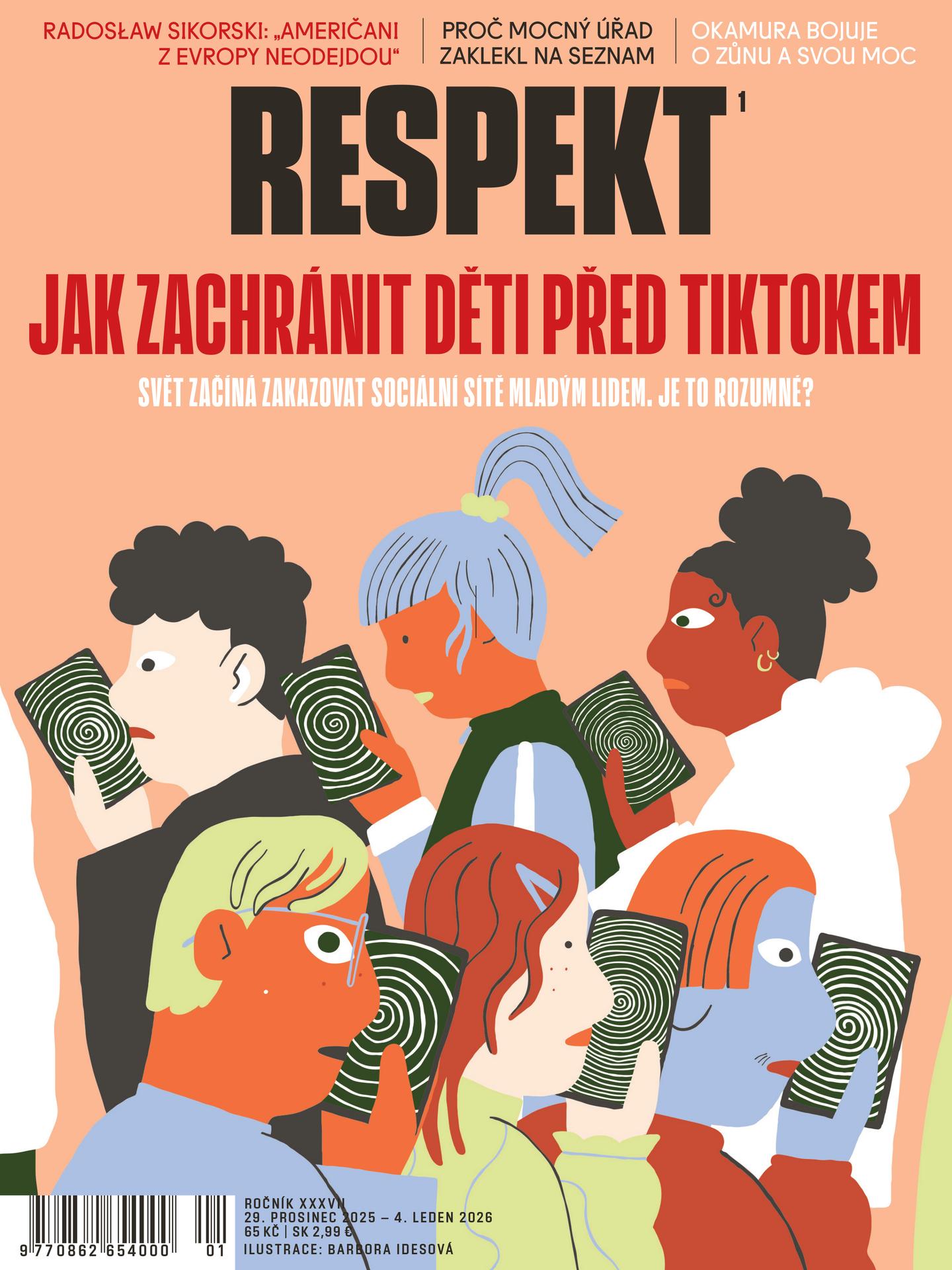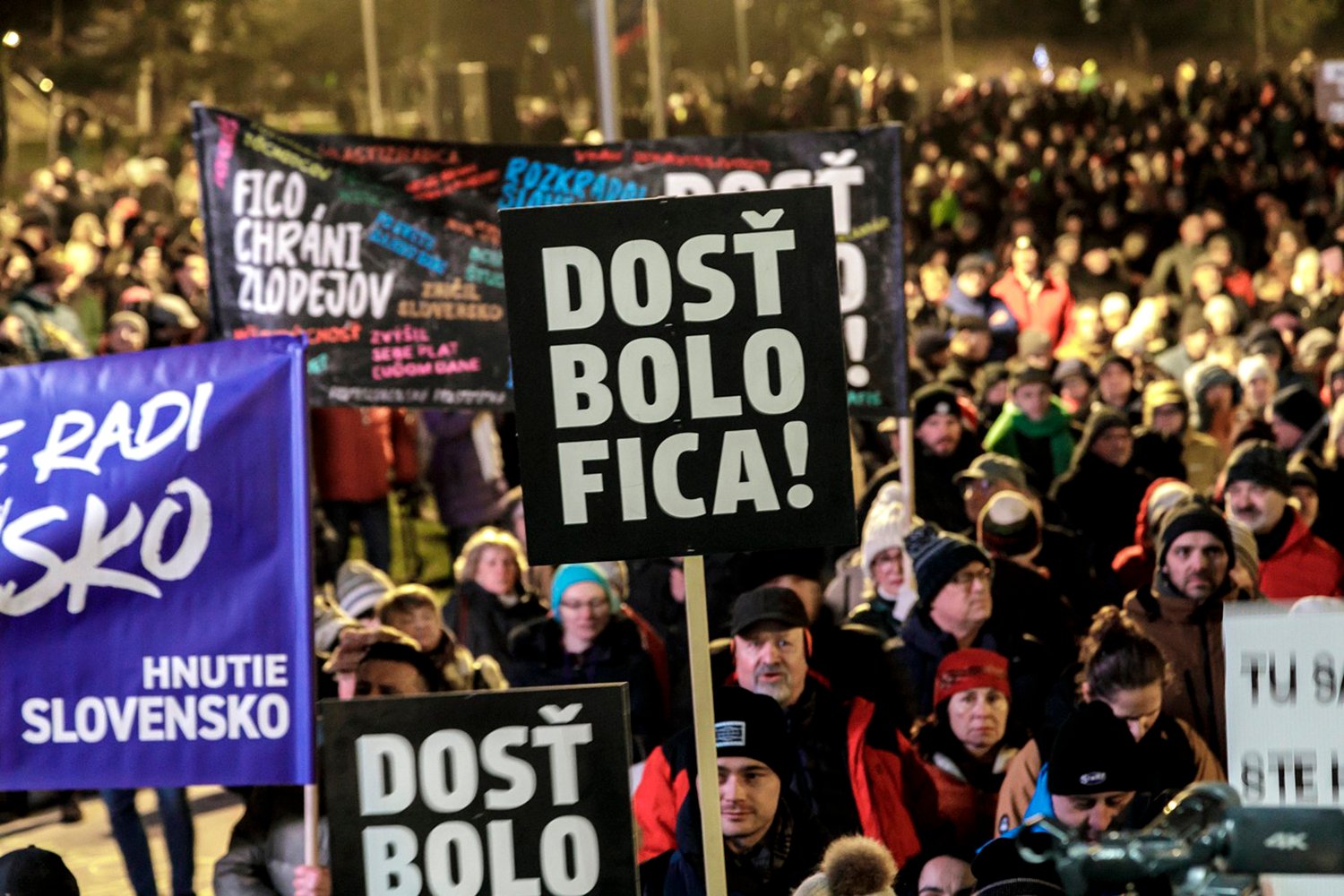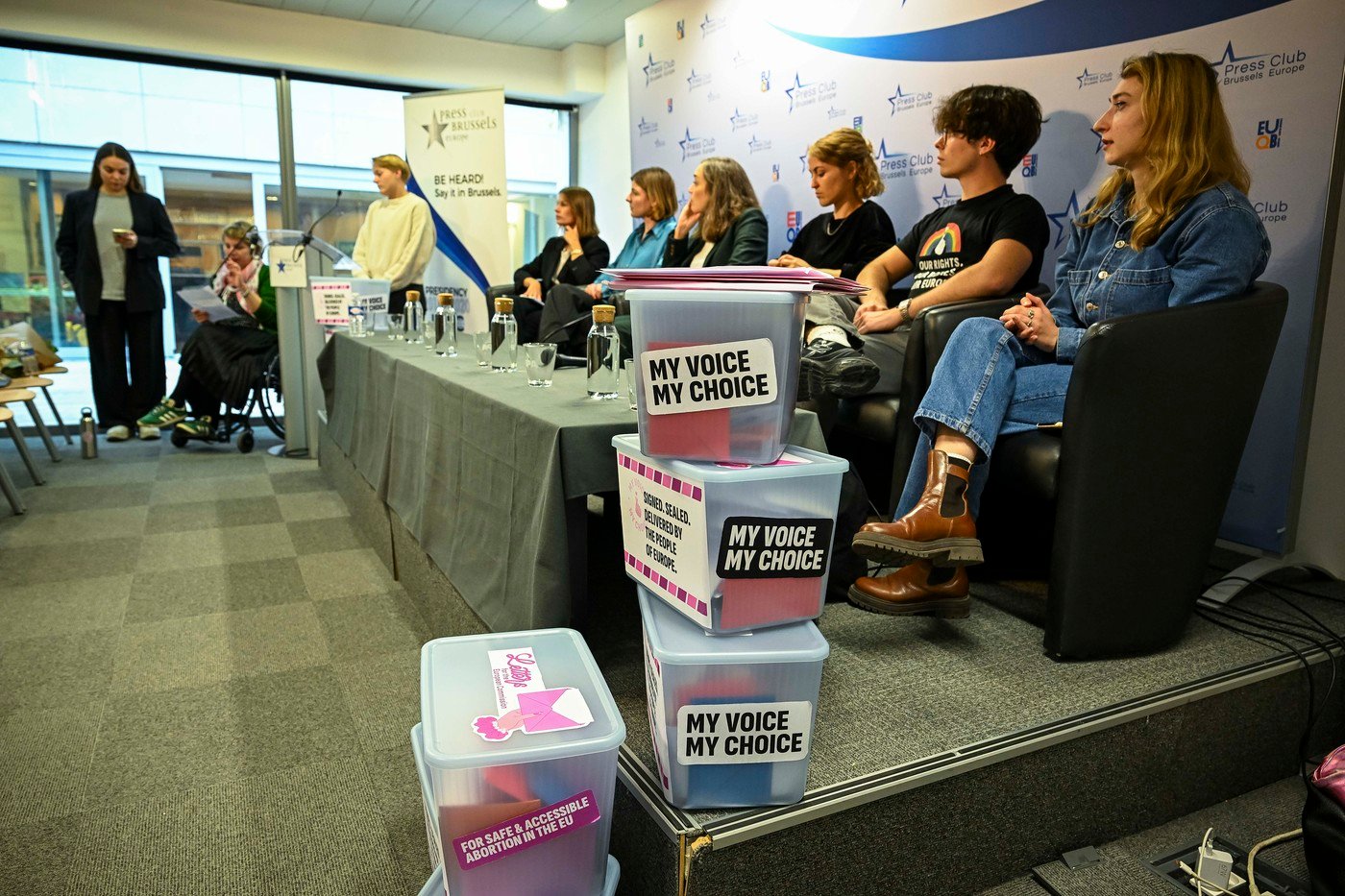A Rose for You
The flowers lovers give and receive in the Czech Republic on Valentine's Day are the end-product of a distinctly unromantic globalized industry

There are various reasons for stopping by the non-stop flowershop in Prague's Anděl district. Throughout the year, an overworked businessman might find it handy to buy a few roses for the woman he loves, to prove he still cares about her despite his heavy workload. Or a tipsy husband could get himself out of trouble with a bouquet at the end of a heavy night.
But roughly a third of all the roses sold annually in the Czech Republic are sold - at twice the normal price - on St. Valentine's Day.
Yet the story of the roses that will end up in our vases is anything but romantic. This is a business that is worth 40 billion US dollars - 10 billion more than the music industry's global turnover - in which espionage, the stealing of computers from research centers and feverish attempts by genetics experts to develop a blue rose all play a part. The flowers people give to their lovers are, above all, a textbook example of the evolution of international trade in the last 30 years.
Just business
A map on the wall at Košíře-based Tulipa Praha, one of the Czech Republic's biggest wholesalers of flowers, shows 450 different plants from 30 countries across five continents, all of which are on offer here. There are roses from Kenya and Ethiopia, mosses from Iceland, carnations from Israel, and other types of flower from Colombia, Thailand, China and New Zealand. "It's an industry that works according to the same principles as food production or car manufacturing," says one of the managers of Tulipa Praha, Aleš Vít, Jr. "We started out buying flowers from low-productivity Czech glasshouses in the '90s and, today, we trade with the entire world."
Only one out of every 50 roses sold in the Czech Republic comes from a domestic supplier now. "In our selection, we don't have a single local one," says Ivana Hůlková of the non-stop flowershop in Anděl. The vast majority of flowers are imported from traditional Dutch flower markets. In the past, they were grown in the Netherlands, too. Today, flowers traded at Dutch markets have been airlifted there from Africa, Asia or Latin America, where the climate is more favorable for year-round growing.
Supermarket chains and wholesalers such as Tulipa Praha try to avoid the Dutch exchanges and look to deal directly with African or Latin American farmers. "On the one hand, the farmers get stable prices for their produce, but on the other, powerful chains can sometimes dictate drastic conditions. It's difficult to judge this trend," comments Vít.
A flower's journey from a field in Kenya or Ethiopia to, say, a flowershop in Liberec, takes no more than five days. On Friday, the flower is cut, Saturday sees it transported to the airport, on Sunday it lands in the Czech Republic, on Monday it's at the wholesaler and by Tuesday a customer in Liberec is picking it out in a shop. Of the price, 40% is the retailer's mark-up, 15% goes to the wholesaler, 25% covers transport expenses and other fees and only 20% finds its way to the gardener.
On St. Valentine's Day, this imbalance changes. It's the flower-growers who profit most from the hike in demand, and at Dutch flower markets, the prices of roses quadruple. "Actually, St. Valentine's Day is more of a punishment, especially here, where this holiday's tradition isn't so strong. For us wholesalers it's the worst day of a year!" says Vít. Valentine's Day, when the volume of flower sales rises 20 times in Western Europe, is also the only day when European lovers become dependent on Kenya, since every third rose sold in Europe comes from there.
Flower with a license
Forty years ago, roughly 30,000 people made a living from fishing in Lake Naivasha, Kenya. Today, there are around 300,000 inhabitants, drawn by the tens of thousands of jobs available at the 40 local flower plantations. Naivasha is an example of the conflict between ecological sustainability and economic development found in the flower industry.
At the beginning of the century, the English-language media was full of stories about the use of long-banned pesticides in Kenya poisoning the water around plantations. Various studies proved that more than half of the employees at these farms suffered illnesses related to the unsafe handling of chemicals - after being paid two dollars a day, a luxury by Kenyan standards.
Under pressure from Western consumers, farmers attempted to gain certification proving the sustainability of their businesses, or even a Fair Trade label.
Critics of free trade see the situation in Kenya as evidence to back up their arguments. Over the last few years, neighboring Ethiopia has been luring Kenyan farmers over the border, creating 50,000 flower industry jobs. Ethiopia offers farmers a tax holiday, cheap land to rent, and more security than in unstable Kenya. As a result, there's been a decline in the prices of flowers, resulting in lower profits for the state in were traditionally grown. The biggest beneficiaries are European and North American consumers, however, who get to pay less for beautiful flowers.
British and German ecologists are urging consumers to buy locally grown plants, as well as supporting the sale of locally sourced fruit and vegetables. But in countries like the Czech Republic, because of the low levels of flower production, this is virtually impossible. It's the same with Fair Trade or eco-friendly flowers: "Retailers aren't interested in them and often don't even know that they exist, since Czechs don't ask for them in flowershops," says Tulipa Praha's Vít.
This is a shortened, translated version of the original article, Růže pro tebe, which first appeared in Respekt 6/2010.
Translated By Kateřina Šafaříková
Pokud jste v článku našli chybu, napište nám prosím na [email protected].










